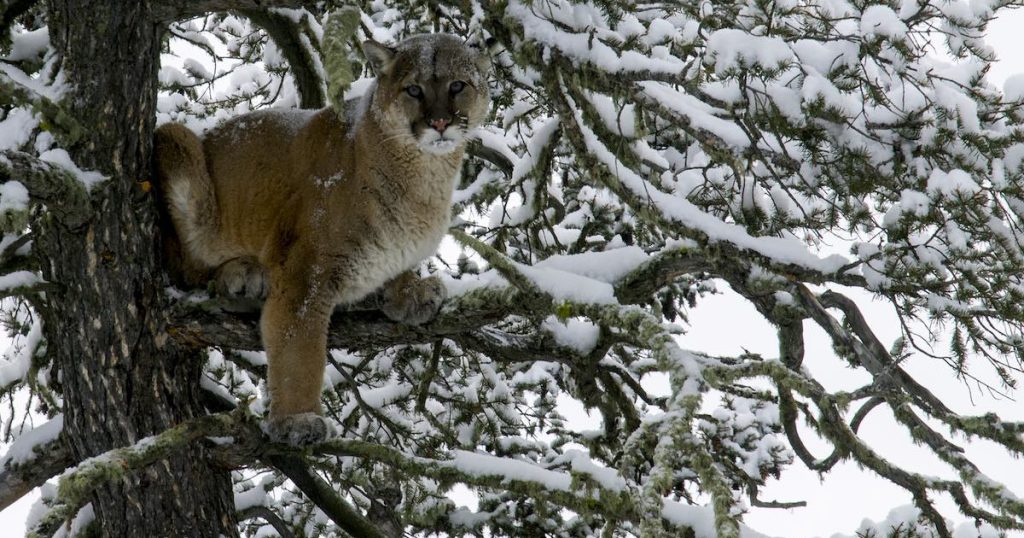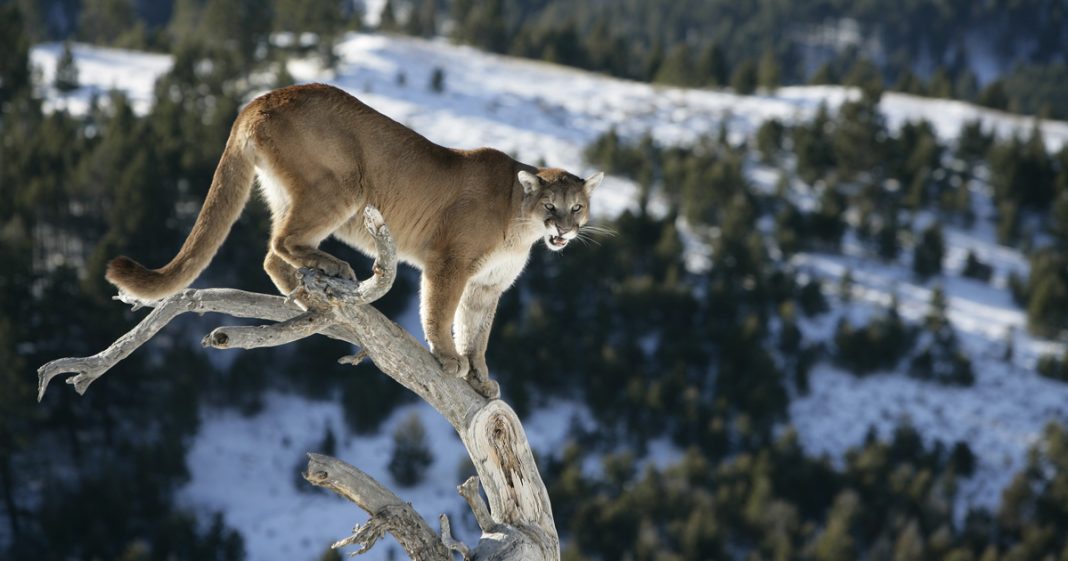Mountain Lion Quota
In a significant move, the Montana Fish and Wildlife Commission has voted to increase hunting quotas for mountain lions statewide. The objective is to reduce lion populations by up to 40% over the next six years, with the aim of benefiting ungulate populations.
The hunting quota adjustments will vary across different hunting districts. Some districts will target a less drastic reduction in lion numbers. However, for districts aiming for a 40% reduction, hunters will need to harvest 86% more mountain lions annually to meet the target. Brian Wakeling, the game management bureau chief for Montana Fish, Wildlife & Parks, provided estimates supporting this data.
Although not every lion unit or eco-region has real-time population estimates, Wakeling assures the commission that they possess a solid understanding of the population dynamics based on harvest demographics. This knowledge confirms the robustness of lion populations, as Wakeling explained during the commission meeting.
Concerns About Population Effects
While the decision has received support from some groups, it has also faced opposition from conservation and sportsmen groups. Those against the motion argue that the changes are too extreme and may not address the actual factors contributing to population declines. Members of the Montana State Houndsmen Association expressed their dissent during the discussion.
Nathan Wolf, a board member of the Montana State Houndsmen Association, voiced his concerns, drawing on his extensive hunting experience in Montana. According to Wolf, the ungulate population in the state has naturally fluctuated over the years, and he believes focusing solely on lions may not be the most appropriate approach.

Support For Increased Lion Quota
On the other hand, various organizations, including the Montana Outfitters and Guides Association and Safari Club International, have shown support for the motion. Jeff Darrah, representing Montana Sportsmen for Fish and Wildlife, revealed that his group had hoped for a 30% reduction in areas significantly affected by ungulates and a 10% reduction in other regions. Nonetheless, Darrah still backed the commission’s proposal, stating that his organization is primarily focused on predator management.
Vice chairman Patrick Tabor introduced the motion, which was unanimously approved by the commission. The decision followed several amendments specific to different regions and a contentious public hearing. Tabor, who represents the northwest part of the state, emphasized the importance of addressing the declining population numbers of ungulate game animals, particularly moose, sheep, and mule deer.
Will the Bill Pass?
Tabor clarified that the aim was not to eliminate lions from the landscape, but rather to fulfill the statutory obligation of maintaining balance in the ungulate arena. During the public comment session, Marc Cooke, president of Wolves of the Rockies, accused Tabor of self-interest due to his involvement as an outfitter charging high fees for mountain lion hunts. Cooke’s conservation group opposed the increased hunting quotas.
Tabor responded, stating that his motivation is to ensure the perpetuation of populations for future generations. He also made it clear that, as the acting chair during the meeting, he would not vote except in the case of a tiebreaker. Tabor hinted at the possibility of future proposals to address the broader problem, emphasizing that the focus is currently on lions but acknowledging the need for a comprehensive approach.
To read more about the effort to pass this bill to increase the mountain lion quota, click here. Likewise, if you would like to read more mountain lion content on our website, click here.















